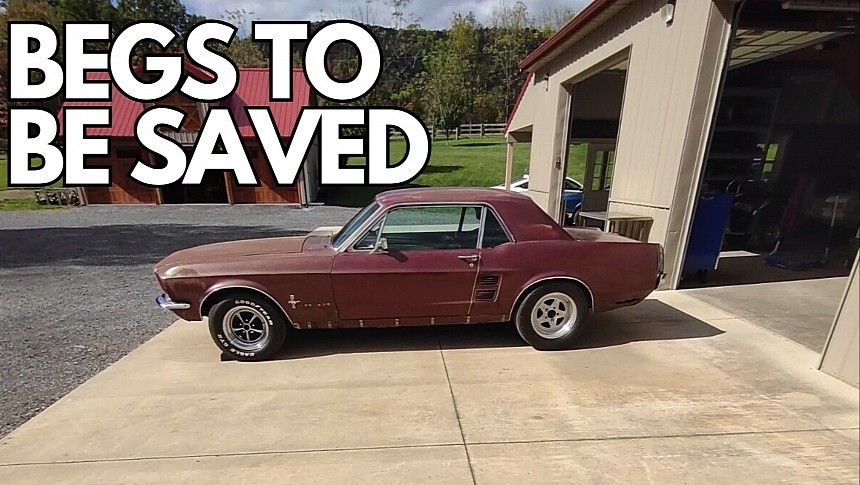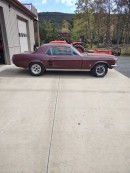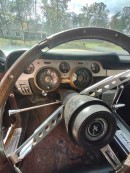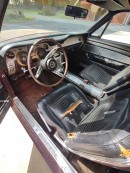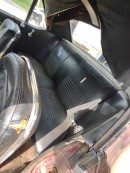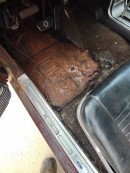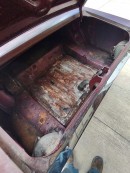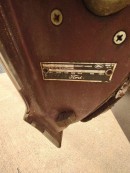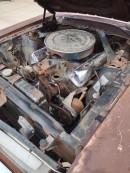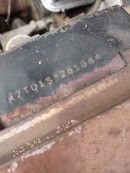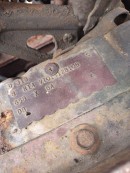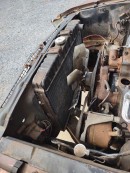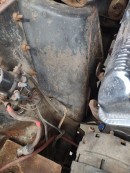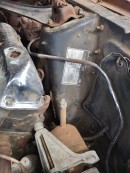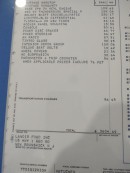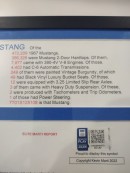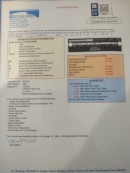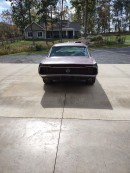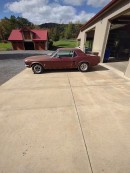1967 witnessed a major refresh for the Mustang lineup, including in terms of styling but also as far as the available engines were concerned.
The carmaker continued to offer a 200 six-cylinder unit as the base configuration on the Ford Mustang, but it also included more power choices for those who wanted to push the pony closer to muscle car territory.
The C-code Mustang was the most common choice for this model year. It rolled off the assembly lines with a 289 small-block V8, developing 200 horsepower in 1967 and 195 horsepower in 1968. A 4-barrel version, available exclusively for the 1967 model year, produced 225 horsepower, with the rating going up to 270 horsepower in the HiPo package.
The icing on the Mustang cake in 1967 was the 390 FE, which came with a 4-barrel carburetor (a 2-barrel version made its way to customers next year) with 320 horsepower.
The same big-block unit was installed on this 1967 Mustang before it left the factory, and the good news is the 390 is still in the car today. But while the Mustang did not lose its original muscle, the engine no longer starts, likely after the vehicle spent many years on the side of the road. It still turns over by hand, so there's still a chance it could be saved.
eBay seller gwpford says the Mustang has never been restored and comes without only a few parts, such as a distributor and the exhaust system. It's unclear if the Mustang ever served as a donor for another project, but this is unlikely, as the engine is certainly the first part that would have left the vehicle.
The biggest concern on this Mustang is the rust. It has already invaded many panels, and the seller admits "the worst part is the exterior sheet metal that does have rust." Fixing it shouldn't be a problem, considering the Mustang is a popular project, but you must keep it in mind if you plan a return to factory specifications.
The Marti report indicates that power steering makes this Mustang one-of-a-kind, as it's the only 2-door hardtop with this configuration. You can find the document in the photo gallery.
The selling price is not surprising, though it could also be the part that makes most potential buyers walk away. The owner says they would only let the car go for $13,000, and considering the Mustang isn't selling at auction, this is exactly how much you'd have to pay for it. The Make Offer button is also live, if someone else has another deal in mind.
On the other hand, the best way to determine if this Mustang is worth a complete restoration is to see it in person. To do this, you must travel to Spring Run, Pennsylvania, where the Mustang waits for the WWW to decide its fate.
The C-code Mustang was the most common choice for this model year. It rolled off the assembly lines with a 289 small-block V8, developing 200 horsepower in 1967 and 195 horsepower in 1968. A 4-barrel version, available exclusively for the 1967 model year, produced 225 horsepower, with the rating going up to 270 horsepower in the HiPo package.
The icing on the Mustang cake in 1967 was the 390 FE, which came with a 4-barrel carburetor (a 2-barrel version made its way to customers next year) with 320 horsepower.
The same big-block unit was installed on this 1967 Mustang before it left the factory, and the good news is the 390 is still in the car today. But while the Mustang did not lose its original muscle, the engine no longer starts, likely after the vehicle spent many years on the side of the road. It still turns over by hand, so there's still a chance it could be saved.
eBay seller gwpford says the Mustang has never been restored and comes without only a few parts, such as a distributor and the exhaust system. It's unclear if the Mustang ever served as a donor for another project, but this is unlikely, as the engine is certainly the first part that would have left the vehicle.
The biggest concern on this Mustang is the rust. It has already invaded many panels, and the seller admits "the worst part is the exterior sheet metal that does have rust." Fixing it shouldn't be a problem, considering the Mustang is a popular project, but you must keep it in mind if you plan a return to factory specifications.
The Marti report indicates that power steering makes this Mustang one-of-a-kind, as it's the only 2-door hardtop with this configuration. You can find the document in the photo gallery.
The selling price is not surprising, though it could also be the part that makes most potential buyers walk away. The owner says they would only let the car go for $13,000, and considering the Mustang isn't selling at auction, this is exactly how much you'd have to pay for it. The Make Offer button is also live, if someone else has another deal in mind.
On the other hand, the best way to determine if this Mustang is worth a complete restoration is to see it in person. To do this, you must travel to Spring Run, Pennsylvania, where the Mustang waits for the WWW to decide its fate.
